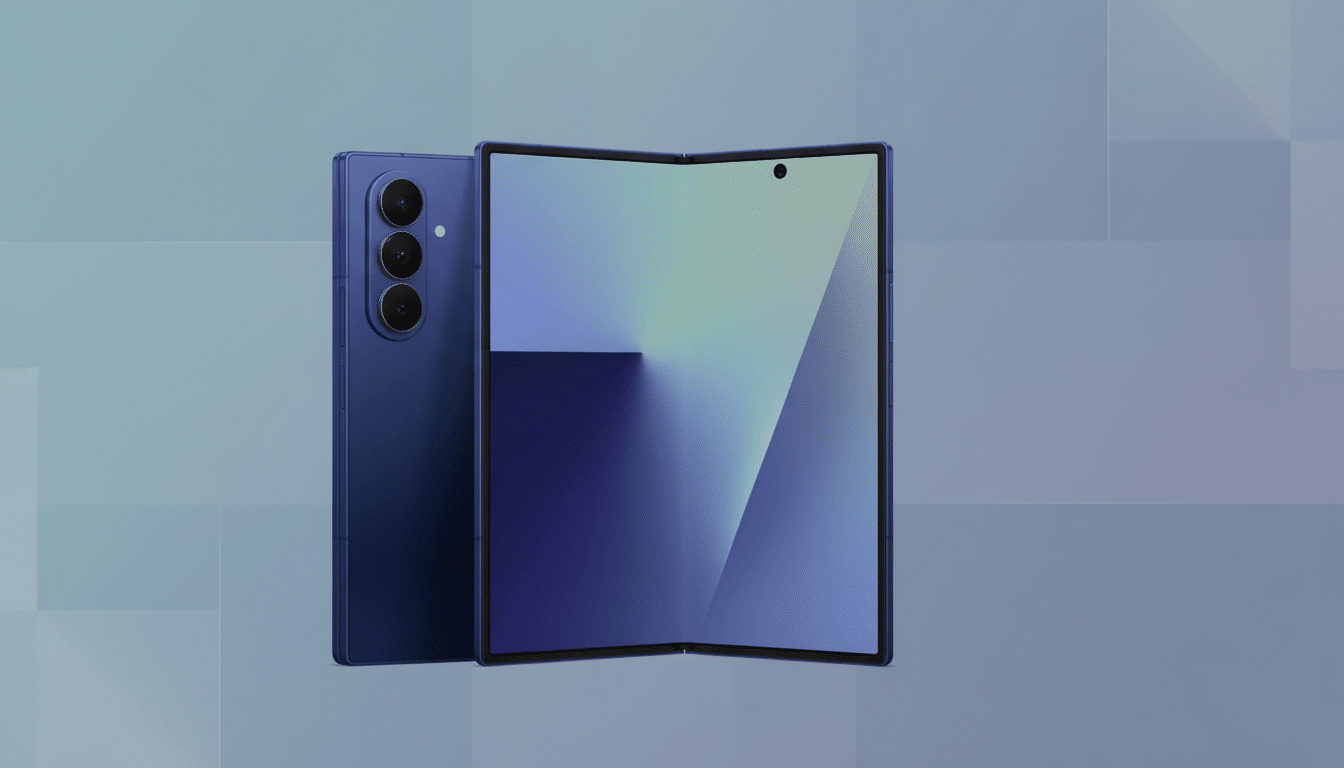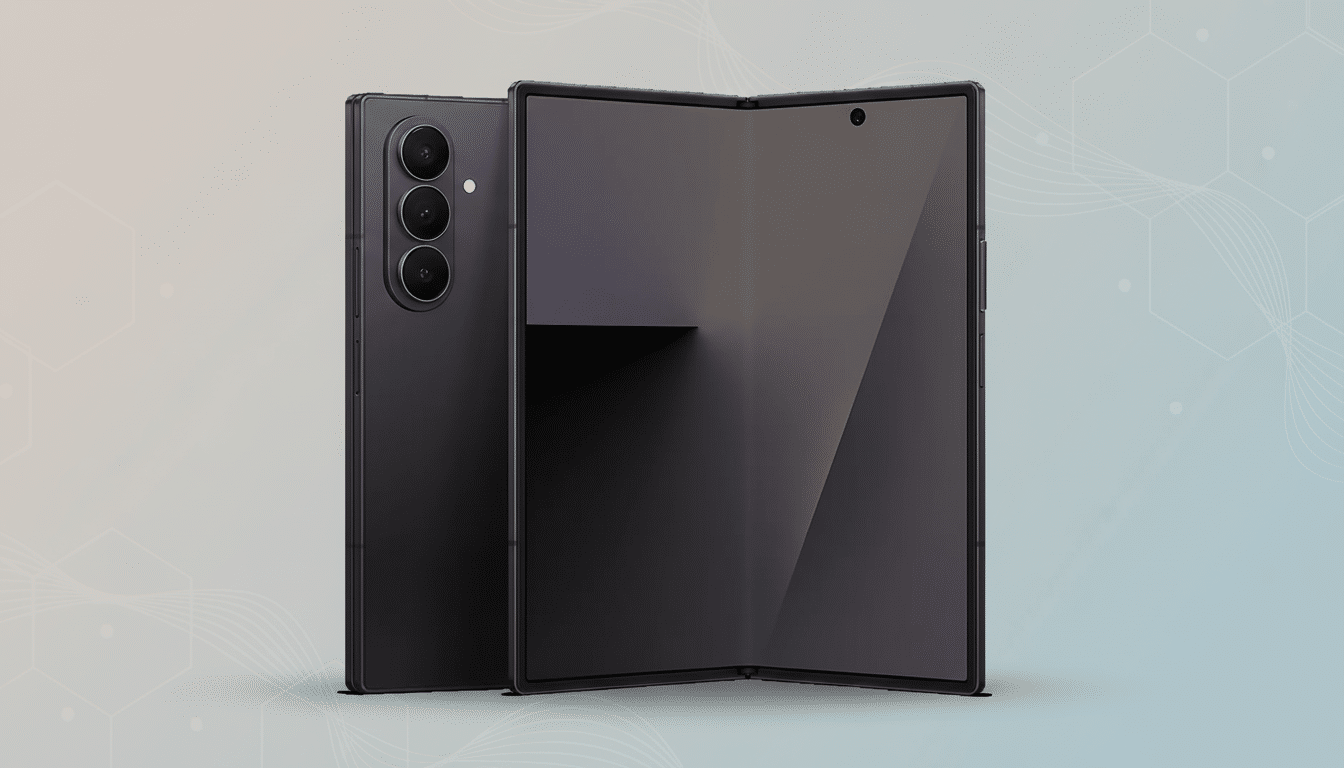Samsung’s iPad mini killer, the Galaxy Z Fold 7, kicks the Pixel 10 Pro Fold’s butt around the block — and it has nothing to do with its spec sheet. It’s software. When a phone is also a tablet on demand? Windowing, taskbars, and hinge-aware modes matter more than megapixels or raw CPU gains. Samsung’s One UI has years of foldable-first polish, and that maturity is something Google hasn’t matched with its Pixel foldable on a day-to-day basis.
How Software Picks the Foldable Winners and Losers
A good foldable has to act like two things: a pocketable phone and a multitasking tablet. The inside display, meanwhile, has to prove its size with real productivity and entertainment benefits — not simply a larger space to work. It’s here where the long runway for One UI tablets and previous Fold generations pays off. Samsung’s features feel designed for big screens, instead of tacked on.

Analysts have said as much. IDC has long pointed to issues around software optimization and app continuity as the gating factors for foldable satisfaction, with Counterpoint Research crediting Samsung’s early investment in large-screen UX for its leadership across several global foldable shipment cycles. The Z Fold 7 is the most recent embodiment of that strategic wager.
Desktop-grade multitasking on the Galaxy Z Fold 7
Three-way split-screen on the Z Fold 7 is table stakes, not a party trick. You can pin apps to a persistent taskbar, you can drag files across windows, and you can save app pairs for one-tap launches. Need more headroom? Pop-up View brings any app into a floating, resizable window and you can have multiple apps hover while you work. It’s the distinction between looking at a big screen and actually using it.
By comparison, the Pixel 10 Pro Fold mostly limits you to two split apps, much like a traditional phone. Google is said to be working on freeform windows for Pixels, but they’re not widely accessible. That means, in practice, features like a tri-pane email experience paired with research and chat — or a floating calculator and notes over a deck — are more polished on Samsung’s foldable as of today.
Here’s how that looks in practice: draft in Docs; pin Slack at the side; run Chrome next to it, with a pop-up image editor over it for quick crops. On the Pixel, it means more app switching, since third panes and flexible pop-ups don’t exist there yet.
There’s Flex Mode and Then There’s Useful Flex Mode
When you fold the Z Fold 7 into an L, Flex Mode Panel wakes up with controls that bring new meaning to the hinge. The top half contains your app; the bottom half becomes a palette. The touchpad is surprisingly useful on desktop-class sites that are not yet touch-friendly — with two-finger right-click and smooth pinch-to-zoom. Media applications now receive transport controls in the lower panel, transforming a table in a café into an impromptu stand for hands-free viewing.

Google’s Tabletop mode is more narrowly focused and still in the oven. YouTube has a tidy control layout and the camera interface changes for time lapses, but most third-party players just leave the bottom half blank or disregard the hinge completely, occasionally cutting video off at the crease. Samsung’s approach is more expansive, more consistent, and an offering I’m more comfortable using across apps.
Hardware Helps, but It’s Not the Decider
Yes, the Z Fold 7 is lighter and slimmer than the Pixel 10 Pro Fold — crucial in a form factor that already doubles its thickness when closed. Its 200MP camera hardware blows away the Pixel’s 48MP sensor on a spec sheet, and the Snapdragon 8 Elite is a benchmark beast compared to Google’s Tensor G5. (Most people, however, will prefer the Pixel’s photo tuning and find Tensor plenty powerful for everyday tasks.)
Oh, the specs don’t matter though, not any of them, at least when it comes to what makes or breaks a foldable: software depth. Even bonuses like S Pen Fold Edition backing and Samsung’s DeX are just epiphenomena of the same philosophy — that large screens should unlock new modes of work, not just a bigger Instagram feed.
Ecosystem and app readiness matter in everyday use
Samsung’s continued collaboration with big-screen partners is evident throughout the experience. Within Microsoft’s Office apps, Adobe’s creative tools, and many messaging platforms, multi-pane layouts are recognized, drag-and-drop is accepted, and so too is windowing. Google has put out some guidelines for it, but until its own foldables go whole hog on the advanced windowing and hinge-aware controls everywhere, what’s the value in third-party devs doing more to optimize for Pixels first?
Display Supply Chain Consultants remarked that crease and panel improvements get all the glory, but the stickiness of foldables lies in software that lowers friction. Samsung’s unified approach to tablets and foldables does just that, literally from the moment you dock the taskbar or drag an app into a floating window.
The bottom line: why software decides foldable winners
If you adore Pixel photos and Google’s uncluttered take on Android, the Pixel 10 Pro Fold should be tempting. But at $1,800, the big screen really needs to justify it every single day. Right now, the Z Fold 7 does. Its multitasking, Flex Mode Panel, and windowing versatility make a new form factor into an asset. But until Google can provide a similar breadth of software — and roll it out to more apps — the Z Fold 7 is still the foldable to beat for anyone who intends to take full advantage of that inner screen.

